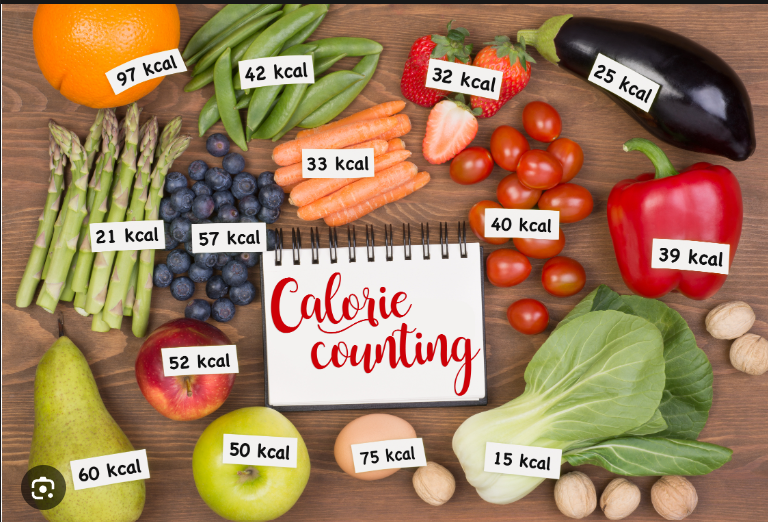Although many of us have “counted calories” throughout the years and examined the calorie counting in our diet, the results of this weight control strategy are still inconclusive.
The majority of Americans are aware of calorie counting, and many of us have “counted calories” in an attempt to reduce our weight. “Calories in, calories out,” or calorie counting, is not a very novel concept. Women in particular have been keeping meticulous track of the calories in the food they eat since about 1920. However, the prevalence of obesity is still rising among people of all ages, genders, and races.
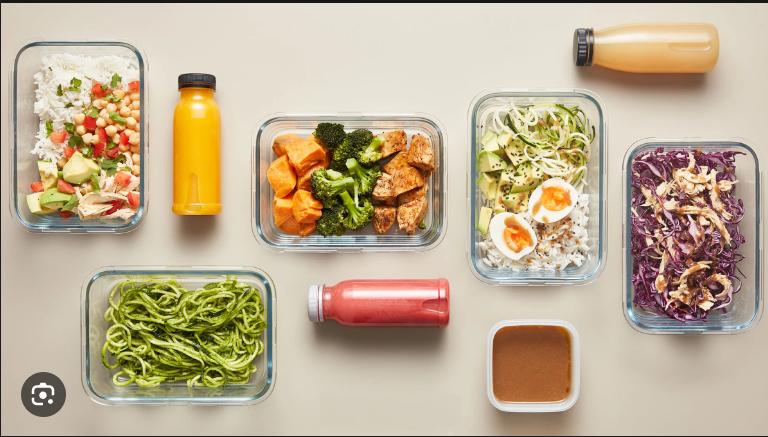
Also read-Yoga: The Ultimate Guide To Yoga For Boosting Immunity
CICO isn’t really a diet. There won’t be a list of things you should consume and avoid. There won’t be a set number of servings required for any one food group. You just count calories instead. A calorie is merely a measurement used to determine the amount of energy that a food item contains. More specifically, one kilogram of water will warm up by one degree Celsius for every calorie of food. To get to this conclusion, scientists used to physically put food on fire.
The potential pitfalls of calorie counting
When it comes to nutritional value, calories are not created equal. So, when someone practices CICO, there’s the risk that they will eat 1,500 calories worth of Twinkies and soda instead of an equivalent amount from salads and lean protein. Even though one is more nutritionally replete, calorie counting advocates believe these individuals will lose the same amount of weight at the end of the day.
Experts are concerned that the focus of calorie
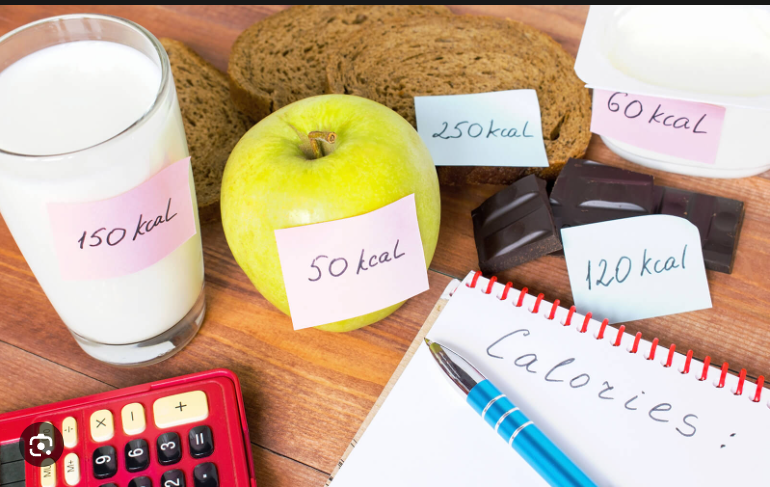
Counting is solely on calories, without regard to nutrient content or other health concerns. Satisfaction is also not considered with calorie counting. You could, for example, eat a large grilled chicken salad or a king-size candy bar for the same number of calories. Obviously, the salad will keep you satisfied and feeling full for much longer, thanks to the fiber, protein, and water it contains.
Another CICO drawback is that it doesn’t take into consideration the timing of when we eat throughout our day, according to Molly Kimball, the founder of Ochsner Eat Fit, a nonprofit nutrition initiative, and a nutrition writer, speaker, host of the FUELED Wellness + Nutrition podcast and consultant in the New Orleans area.
“So there may be certain things that strategically make sense for how to fuel after a workout or different things that can really help optimize our mental and physical performance and recovery and how we’re feeling throughout the day,” she explains.
Understanding Basal Metabolic Rate
The first step in attempting the CICO diet is figuring out your basal metabolic rate, or BMR. This is the amount of energy used for breathing, heart rate maintenance, and food digestion on a daily basis. It is the number of calories you would burn daily if you were bedridden and immobile.
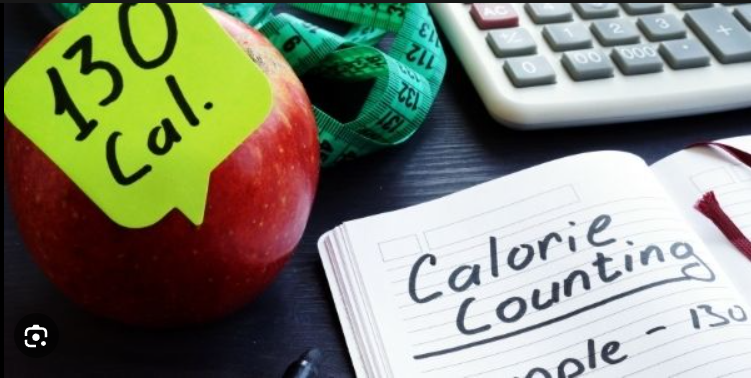
The quantity of calories you burned from scheduled physical activity and non-exercise movement will then be added. In one study, the BMR for an average adult varied from 1,027 to over 2,500 calories per day. Anyone who has tracked calories will know that this makes a big difference in how much food one can eat and still lose weight or keep it off.
You can compute your BMR with the aid of internet calculators. But as Kimball puts it, “it’s only a guess unless someone is living in a metabolic chamber in a lab.”
“The biggest misconception is that this is a number that you can accurately determine with some sort of calculator, where you input your age, height, activity level, and so on,” Reinagel said. “These computations are only approximations, frequently incredibly wrong ones. Calculators that show you how many calories you burn throughout different activities then exacerbate this inaccuracy. Once more, these might be wildly wrong. When you base your calorie intake on these approximations, you’ll frequently find yourself disappointed and frustrated since the effects you’re promised don’t materialize.”
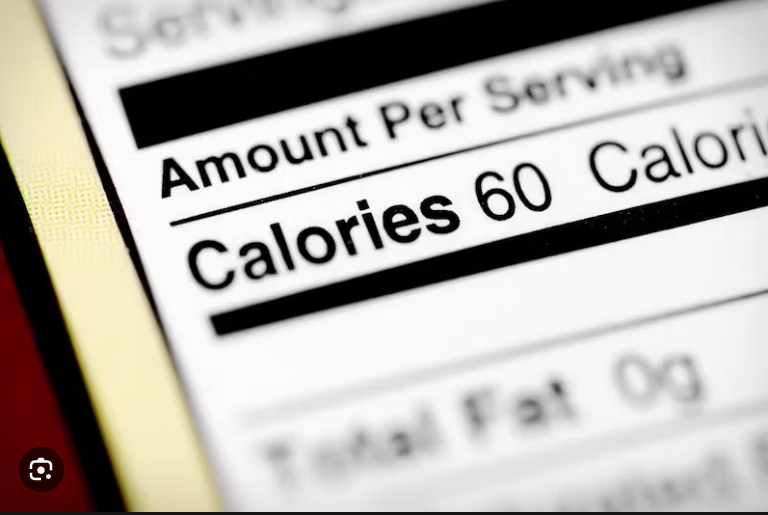
Some fitness centers also offer testing, which generally requires you to breathe into a handheld machine early in the morning while you’re still sleepy and before eating, drinking, or exercising.
Many are surprised to learn that physical activity generally accounts for only 15% to 30% of the total calories burned daily. And there’s no consistency either—two people of the same age, sex, and size can do the same workout and use up to 20% fewer or more calories than each other.
It’s more than calories
Few individuals contest that the CICO approach cannot result in weight loss, despite the fact that it has a large number of detractors. Nonetheless, studies have shown that a variety of factors, besides caloric intake, can affect weight gain or reduction. These factors include age, hormones, stress levels, sleep quality, individual metabolism, fluid intake, physical activity, and heredity.
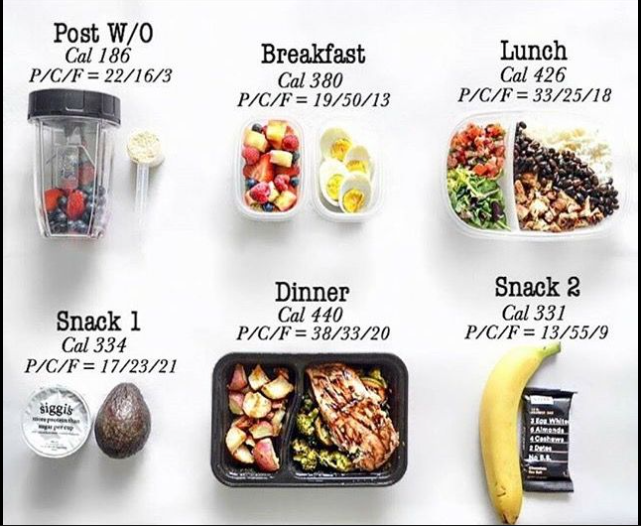
Kimball points out that “calories are not the only, and probably not the most important, part of the picture.” Even the timing may vary. Some people may find success with intermittent fasting, while others may benefit from modest, frequent meals throughout the day. And depending on the person, both of those may be incredibly good fits.
Though there are plenty of people who disagree with the calorie counting technique, very few dispute that it cannot lead to weight loss. However, research has demonstrated that a multitude of variables outside of calorie consumption can impact weight gain or loss. These variables include age, hormones, stress, sleep patterns, metabolism, hydration, physical activity, and genetics.
As noted by Kimball, “calories are not the only, and probably not the most important, part of the picture.” The timing could even change. While modest, regular meals spread throughout the day may be beneficial for some people, others may find success with intermittent fasting. And both of those might be a perfect fit, depending on the individual.

For example, calorie density describes how many calories are in one gram of food. Three little cheese slices, often called cracker cuts, have the same caloric content as six cups of cucumbers. It is estimated that the average person consumes approximately 300 more calories per day than they did in 1970 due to the rise in processed meals.
Eating a diet high in these highly processed foods, according to Kimball, can send people on an “energy roller coaster” that makes them feel as though they are addicted to sugar and carbohydrates and frequently causes them to crave food. This is the outcome of blood glucose fluctuations brought on by a diet abundant in highly processed foods.
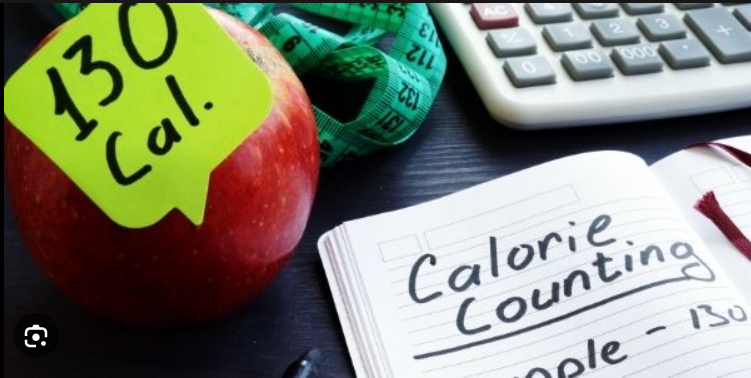
Kimball suggests paying attention to our feelings 20 or 30 minutes after eating as an alternative to concentrating only on calories and statistics. For instance, you shouldn’t consider the number of calories or grams of sugar if you decide to take a slice of cake in the break room at ten in the morning. Rather, visualize how exhausted you will likely feel when your blood sugar levels return in a few hours. If we monitor our energy level throughout the day, it might serve as a gauge for how food impacts us.
Also read-Low-Carb Vegetables : The Best Low-Carb Vegetables Useful For Body And Health
Disclaimer: The opinions and suggestions expressed in this article are solely those of the individual analysts. These are not the opinions of HNN. For more, please consult with your doctor.
images source-google







